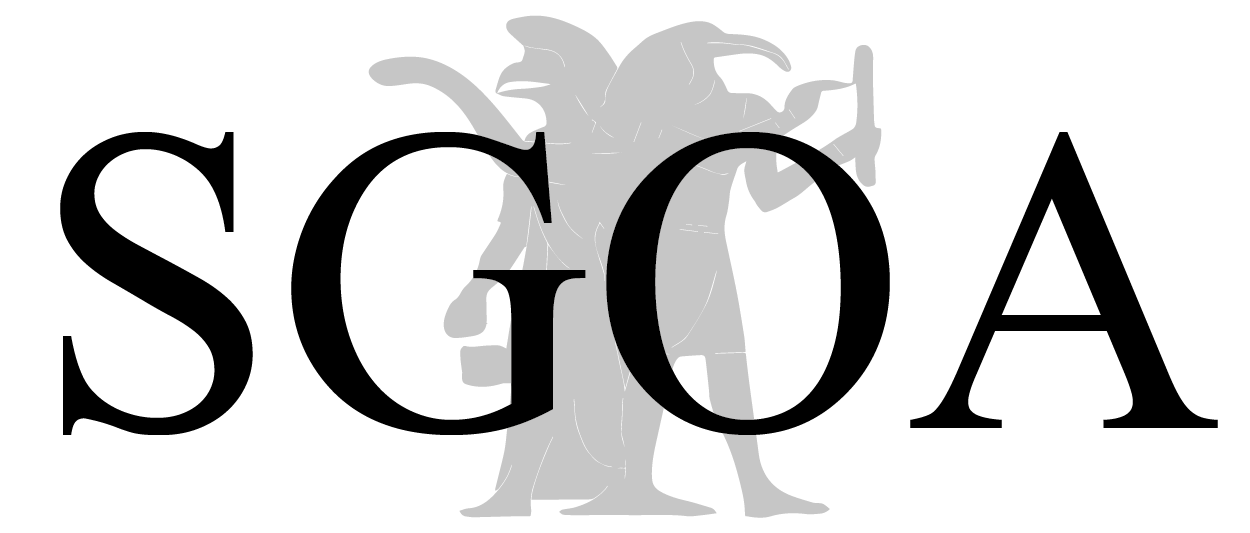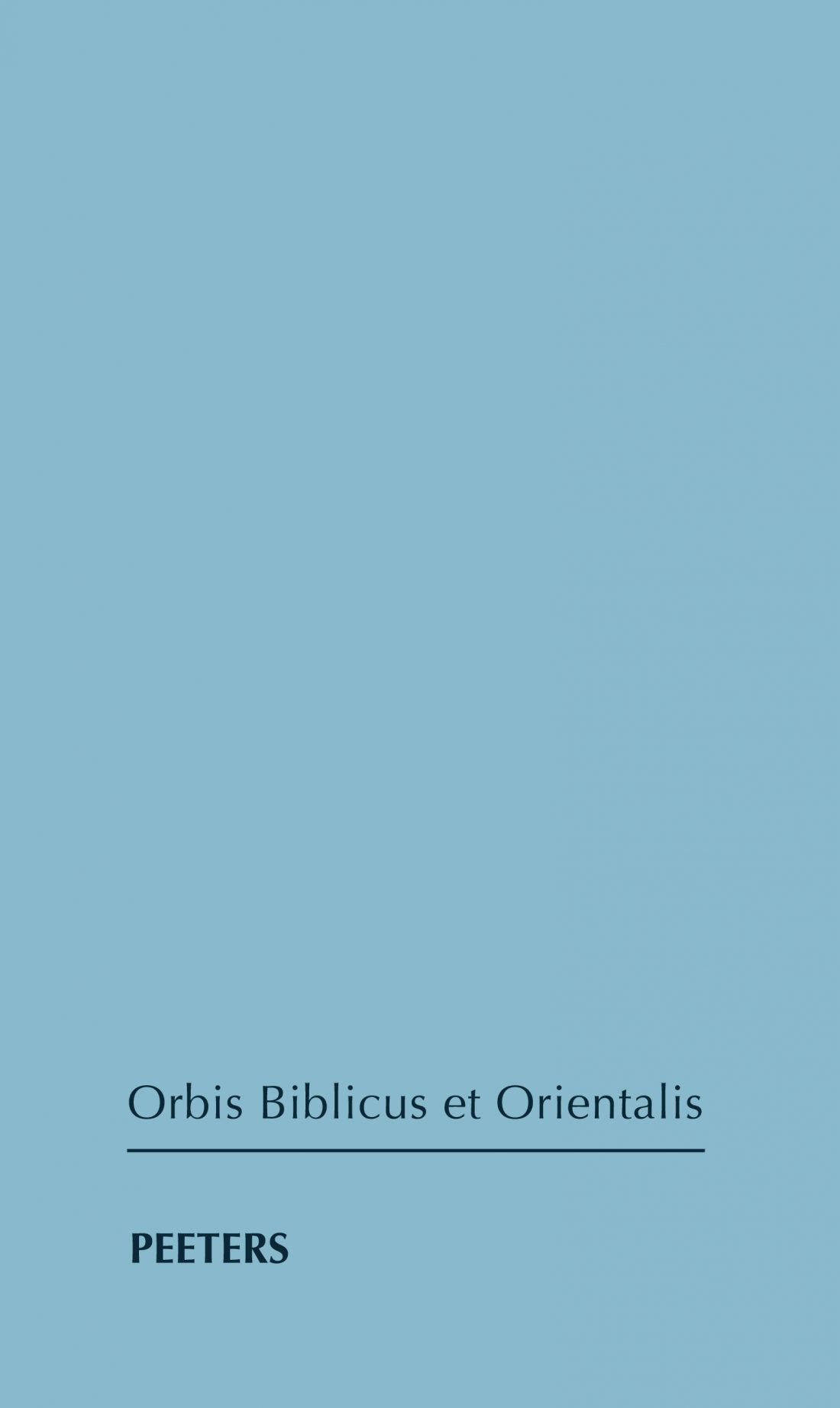OBO 257 – Jean-Marie Durand, Thomas Römer & Jürg Hutzli (éds.) / Les vivants et leurs morts
Les chaires d’Assyriologie et des Milieux bibliques du Collège de France ont organisé conjointement un colloque en avril 2010, afin d’examiner les informations archéologiques et documentaires sur la conduite des vivants envers leurs morts dans les sociétés du Proche-Orient Ancien. Comment ces dernières ont-elles compris la réalité de l’«après-vie» et comment ont-elles entendu avoir des rapports avec ceux qui les avaient précédées?
La relation entre les vivants et leurs morts posait, entre autres, pour la documentation cunéiforme la question de la commémoration de leurs défunts par ceux qui constituaient le groupe des vivants, et cela notamment via le rite du kispum dont la pratique et la signification exactes sont encore à élucider.
La distance entre les deux documentations les plus représentées à ce colloque, l’akkadienne et la biblique, est bien montrée par la répugnance qu’affiche la tradition hébraïque normative vis-à-vis de la dépouille mortelle. Pour la pensée hébraïque, telle que la reflète une partie de la Bible, la mort et les morts sont associés au concept de l’impureté, alors que d’autres textes attestent bien la réalité de tentatives d’entrer en contact avec le monde des morts. Les textes bibliques offrent d’ailleurs un discours biaisé concernant les traditions au sujet de la mort et de l’ensevelissement de leurs rois. Certaines traditions, autant cunéiformes que bibliques, attestent l’idée que les restes humains, en particulier les ossements, pouvaient garder après la mort des rémanences de l’être vivant. Le sujet fascinant de la nécromancie, la possibilité de s’adresser aux morts pour les faire parler, est représenté ici par les documentations biblique et ougaritique qui attestent également la pratique de l’ensevelissement des morts dans la maison d’habitation.
In April 2010, scholars of Assyriology and Biblical Studies at the Collège de France, Paris, gathered for a colloquium to discuss the archaeological and textual evidence for the ways in which ancient Near Eastern societies dealt with their dead. How did these societies view the “afterlife”, and what kind of relationship did they have with those who lived before them?
For the cuneiform documentation, this raises, for example, the question of how the living commemorated their deceased, particularly by means of the kispum funerary rite whose specific practice and meaning remain to be explored.
The distance between the two traditions most strongly represented at this colloquium, the Akkadian and the biblical tradition, is clearly reflected in the repugnance displayed by normative Hebrew sources towards the mortal remains of the body. In Hebrew thought, as it is presented in some biblical texts, death and the deceased are associated with the idea of impurity, while other texts reveal the desire and attempt to establish contact with the world of the dead. Furthermore, Hebrew sources exhibit a biased discourse on traditions relevant to the death and burial of their kings.
Certain traditions, of both cuneiform and biblical origin, bear testimony to the idea that human remains, particularly the bones, can retain remnants of the living being after death. The fascinating topic of necromancy, the possibility of communicating with the deceased, is represented here in biblical and Ugaritic sources which also attest the practice of burying the dead in residential houses.
ISBN 978-3-7278-1726-7
Commande du livre
Peeters Publishers
Download texte intégral
ZORA (Zurich Open Repository and Archive)


